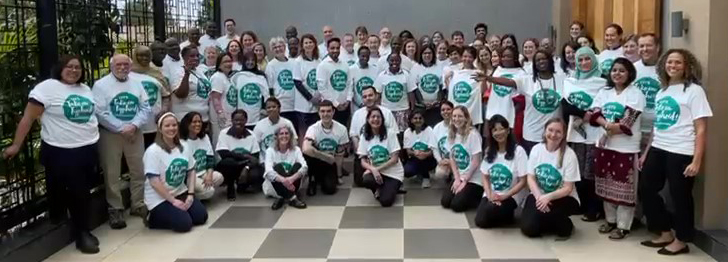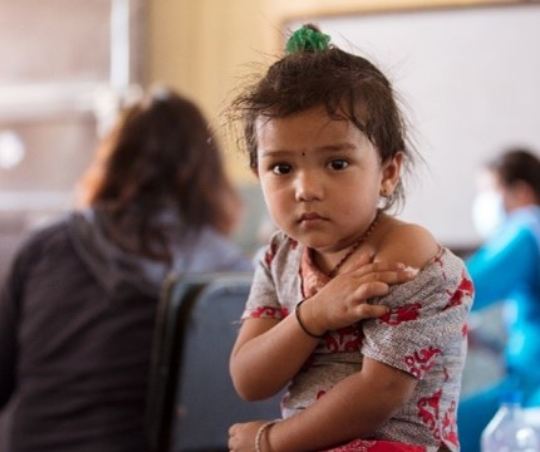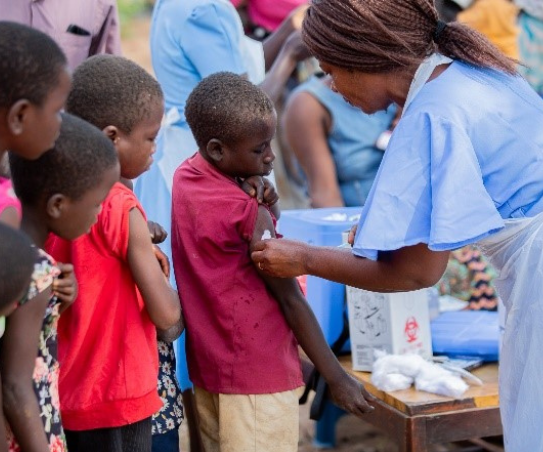About UMB History, highlights, administration, news, fast facts
- Accountability and Compliance
- Administration and Finance
- Center for Information Technology Services
- Communications and Public Affairs
- Community and Civic Engagement
- Equity, Diversity, and Inclusion
- External Relations
- Government Affairs
- Philanthropy
- Office of the President
- Office of the Provost
- Research and Development
- University Counsel
- Office of the President
- Administrative Officers
- Deans
- Boards of Visitors
- Faculty Senate
- Staff Senate
- University Counsel




 In April 2022, Nepal vaccinated more than 7 million children during a
In April 2022, Nepal vaccinated more than 7 million children during a  Researchers at the Malawi-Liverpool-Wellcome Trust confirmed typhoid conjugate vaccines (TCVs) prevent blood culture-confirmed typhoid for over 4 years among children 9 months-12 years.
Researchers at the Malawi-Liverpool-Wellcome Trust confirmed typhoid conjugate vaccines (TCVs) prevent blood culture-confirmed typhoid for over 4 years among children 9 months-12 years.